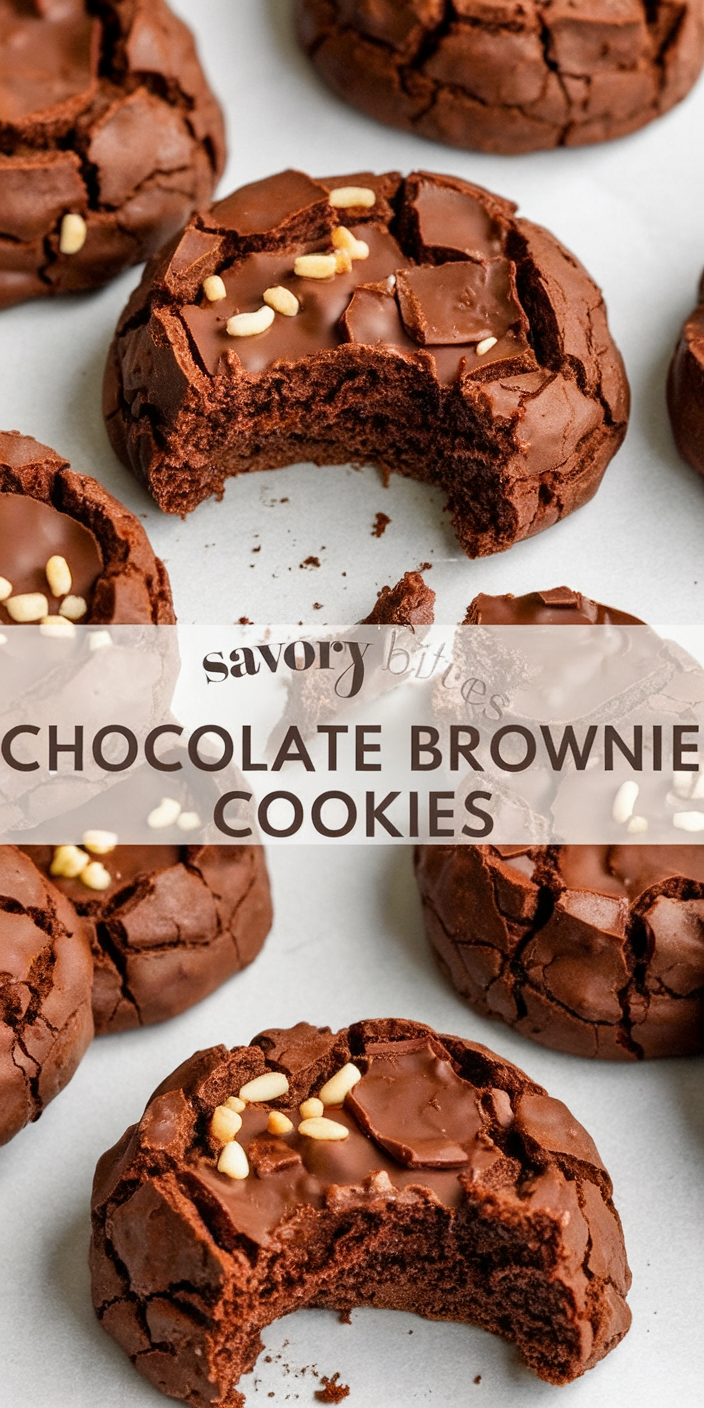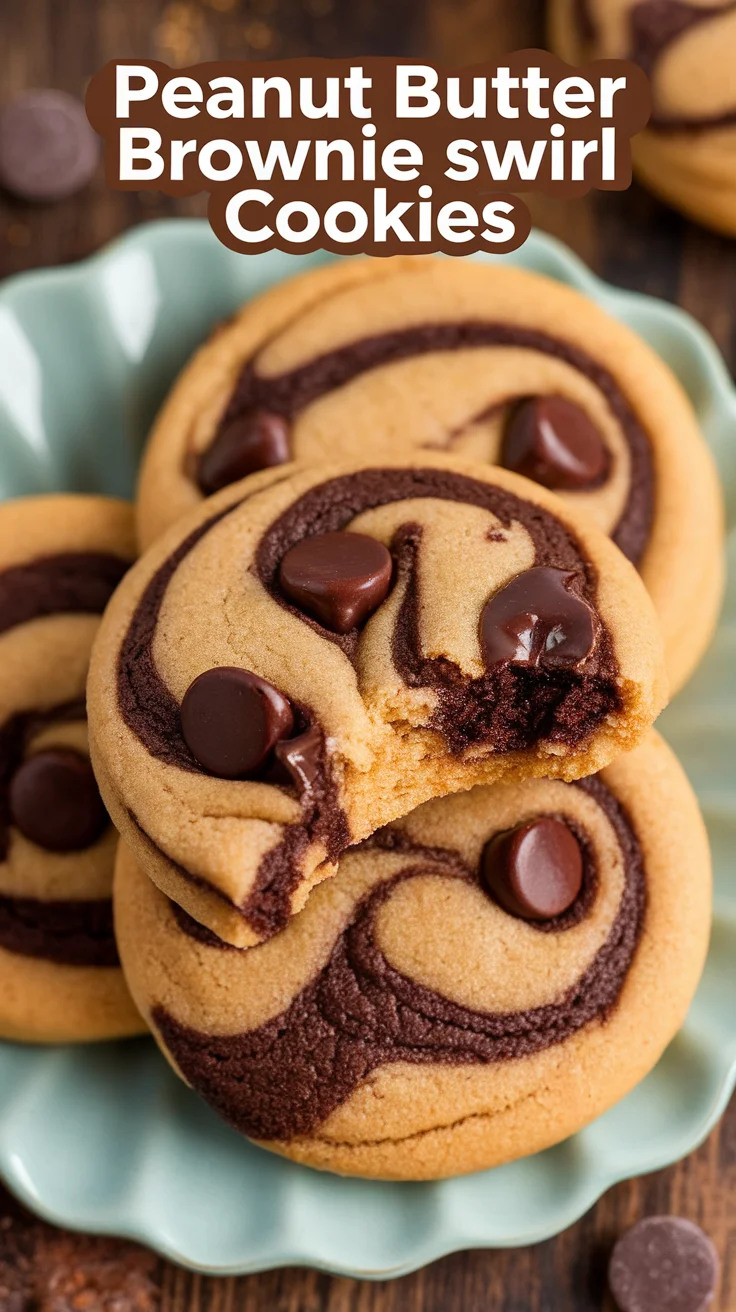When you think of a proper British tea, one of the first items that come to mind is the humble buttermilk scone. Whether served with clotted cream, jam, or a light spread of butter, scones have become an iconic part of tea time. Ina Garten, also known as the Barefoot Contessa, has a wonderfully simple but decadent Buttermilk Scone Recipe that can elevate any tea gathering. These scones are the epitome of flaky scones, creating the perfect texture with a delightful crumb and a hint of sweetness.
The Appeal of Buttermilk Scones
Buttermilk scones are a beloved tea treat for their simplicity and versatility. Their soft, tender texture contrasts beautifully with a crisp, golden-brown crust. What sets these scones apart is the use of buttermilk, which not only imparts a slight tang but also contributes to the scones’ moistness. Many people might wonder what makes buttermilk scones so special when compared to other scones, such as cream scones. The primary difference lies in the richness and the gentle acidity of buttermilk, which works wonders when combined with flour, butter, and just a touch of sweetness.
Scones are a traditional British treat that dates back to the early 19th century, with roots in Scotland. While scones have evolved over time, the essential qualities remain—flaky, light, and easily customizable. Whether served with high tea sweets like fruit preserves or simply enjoyed with a cup of tea, scones are the perfect accompaniment to any afternoon gathering.
In this article, we will explore Ina Garten’s approach to making buttermilk scones, along with some variations and serving suggestions to turn your tea time into something extraordinary.
Ingredients for Ina Garten’s Buttermilk Scones Recipe
Para hacer la perfecta buttermilk scones, you’ll need to gather the following ingredients:
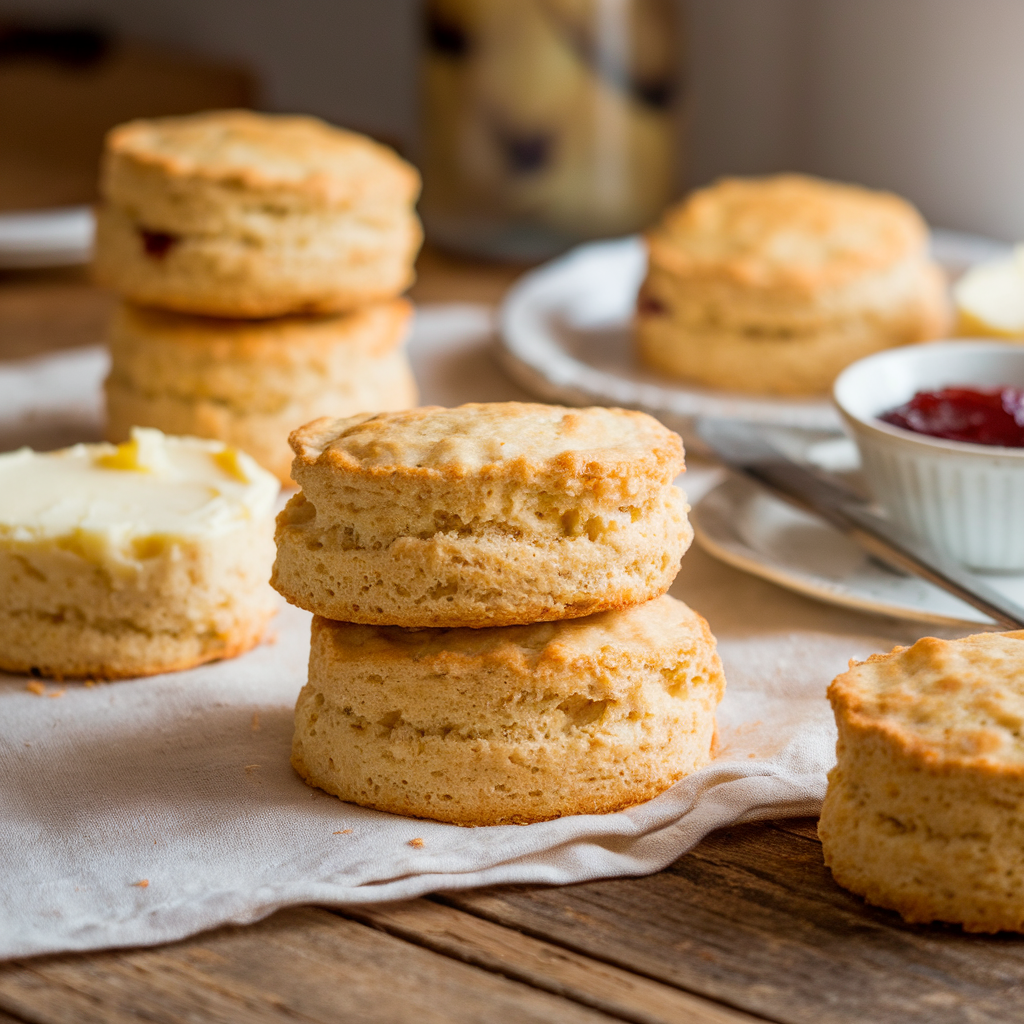
- 2 tazas de harina para todo uso
- 1/4 cup sugar (plus extra for sprinkling)
- 1 tablespoon baking powder
- 1/2 teaspoon salt
- 1/2 teaspoon baking soda
- 1/2 cup (1 stick) cold unsalted butter, cut into small cubes
- 3/4 cup buttermilk (preferably cold)
- 1 large egg, lightly beaten (for brushing the tops of the scones)
- Optional: 1/2 cup currants, raisins, or dried fruit (for a slight sweetness)
The Secret to Flaky Scones
The key to achieving the perfect flaky scones lies in handling the dough carefully. Overmixing the dough can lead to tough scones, so it’s important to handle it gently. Ina Garten’s method for making flaky scones ensures that the butter remains in small, cold pieces, which is essential for achieving that desired texture.
Here’s a step-by-step guide to making Ina Garten’s Buttermilk Scone Recipe:
- Precalentar el Horno: Begin by preheating your oven to 400°F (200°C). Line a baking sheet with parchment paper to ensure the scones don’t stick.
- Combine Dry Ingredients: In a large mixing bowl, combine the flour, sugar, baking powder, salt, and baking soda. Mix these dry ingredients well to ensure they are evenly distributed.
- Cut in the Butter: Add the cold butter cubes into the dry ingredients. Using a pastry cutter or your fingers, work the butter into the flour until the mixture resembles coarse crumbs. You want to leave small pea-sized pieces of butter throughout the dough. These pieces will melt as the scones bake, creating a wonderfully flaky texture.
- Add Buttermilk: Pour in the cold buttermilk and gently mix it in with a fork. Be careful not to overwork the dough. Stir just until the ingredients are combined and the dough begins to come together.
- Shape the Dough: Turn the dough out onto a lightly floured surface. Gently knead the dough a couple of times until it comes together, then pat it into a round shape, about 1-inch thick. If you’re using currants or raisins, fold them into the dough at this point.
- Cut the Scones: Using a sharp knife or a round cutter, cut the dough into 8 wedges or rounds. Place them on the prepared baking sheet, spacing them a little apart.
- Brush and Bake: Brush the tops of the scones with the beaten egg to give them a lovely golden color when baked. Sprinkle a little sugar on top for extra sweetness and crunch.
- Bake the Scones: Bake the scones for 15-20 minutes or until they are golden brown and cooked through. You’ll know they are done when they make a hollow sound when tapped on the bottom.
- Cool and Serve: Let the scones cool for a few minutes on a wire rack before serving them warm with butter, jam, or clotted cream.
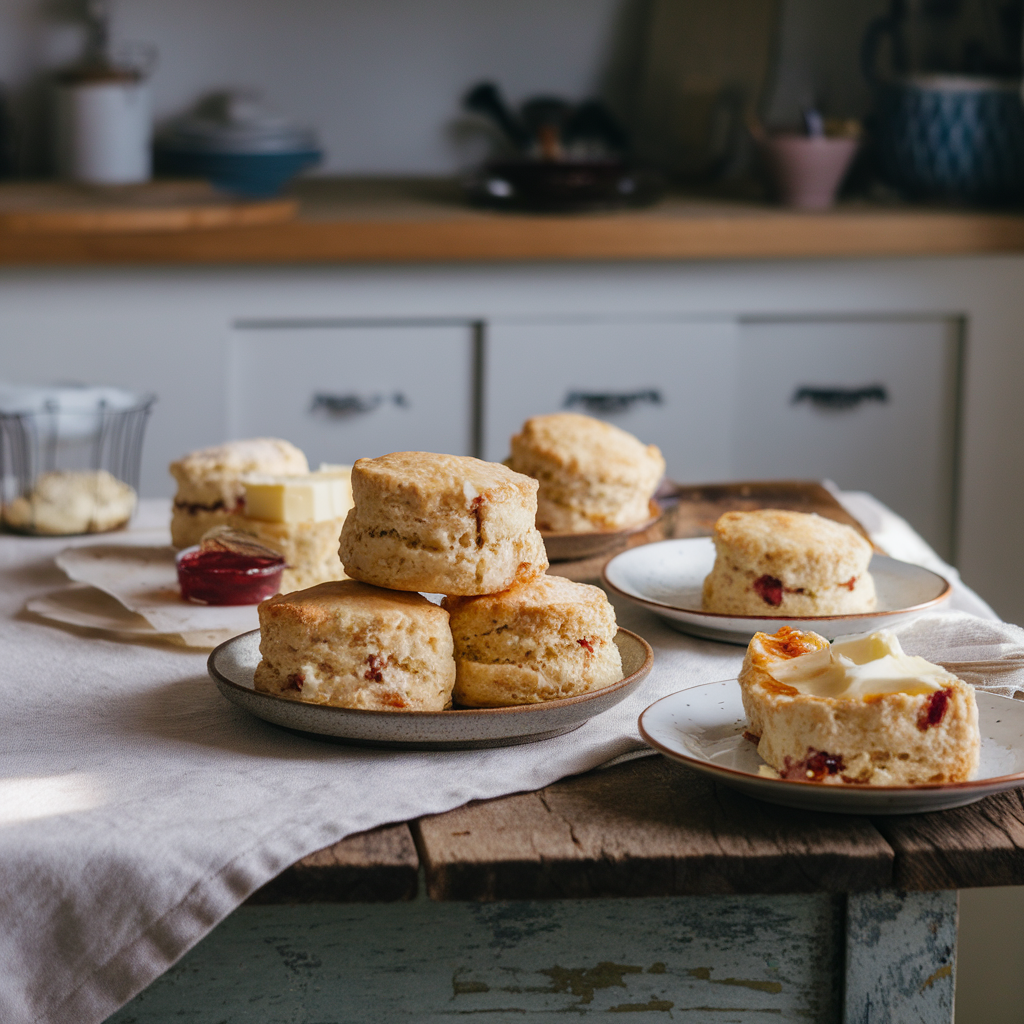
Why Choose Buttermilk for Scones?
Buttermilk is a key ingredient in Ina Garten’s scone recipe because of its unique properties. It gives the scones a tangy flavor and helps to create a tender crumb. Buttermilk reacts with the baking soda in the recipe, helping to lift the dough and creating that signature lightness. This makes the buttermilk version of the scone perfect for proper tea, where you want a scone that is both rich and airy, ideal for pairing with your favorite tea.
Variations on the Classic Buttermilk Scone
While the classic buttermilk scone is delicious on its own, there are numerous ways you can customize the recipe to suit your preferences. Here are a few variations you can try:
- Scones with Pumpkin: For a seasonal twist, you can make pumpkin scones. Simply add 1/2 cup of canned pumpkin puree to the dough along with a teaspoon of cinnamon, nutmeg, and allspice. These scones pair wonderfully with a cup of chai tea or spiced cider.
- Tea Buns: If you prefer a more compact shape, you can transform these buttermilk scones into tea buns. Shape the dough into small rounds and bake them until golden. These bite-sized buns are perfect for afternoon tea and can be filled with fruit or nuts.
- Cream Scones: For a richer version of the buttermilk scone, you can use heavy cream instead of buttermilk. This will result in a slightly denser, more indulgent scone. The cream scones recipe is perfect if you are serving these treats for a special occasion like a bridal shower or a formal high tea.
- Fruit and Nut Scones: For extra flavor and texture, you can add dried fruit like raisins, currants, or cranberries to the dough. Walnuts, pecans, or almonds are also great additions. These variations bring a bit of sweetness and crunch to the scones.
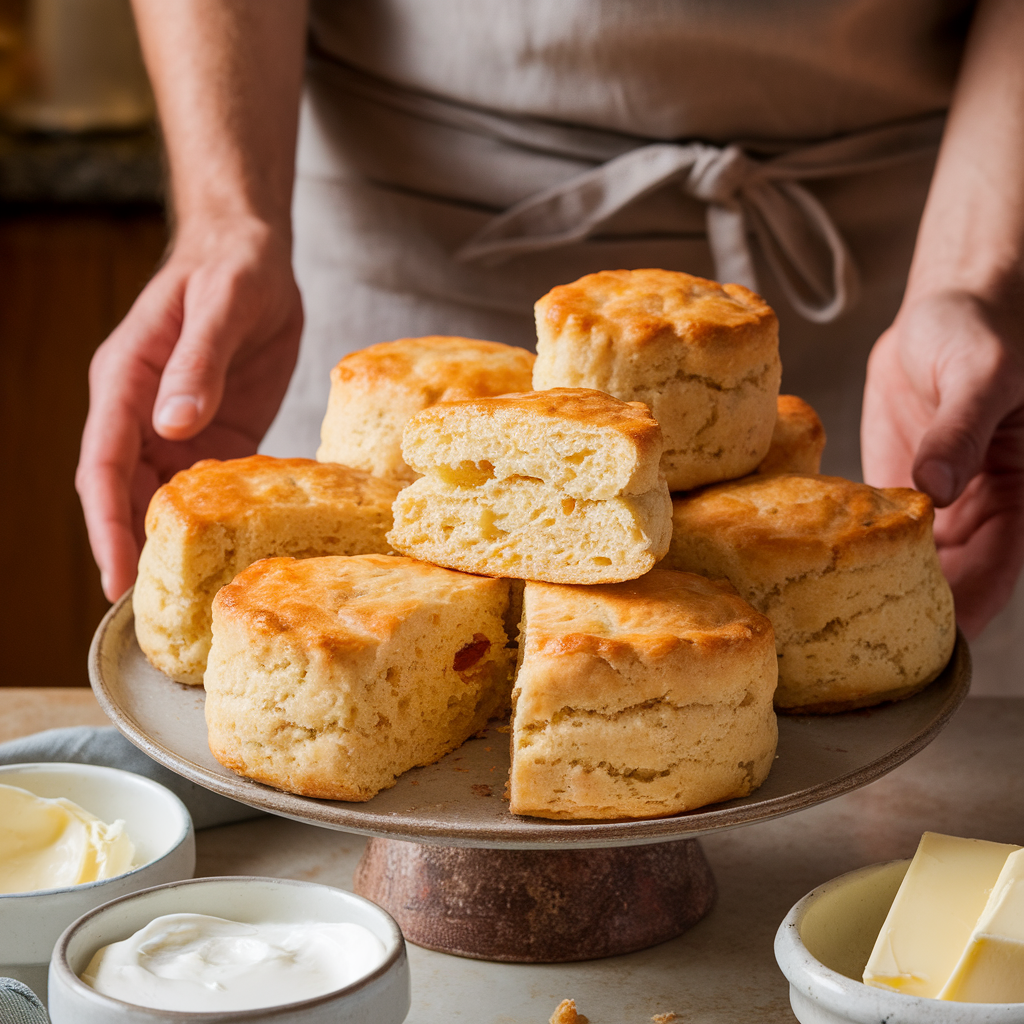
Serving Suggestions for Buttermilk Scones
Now that you have the perfect buttermilk scone recipe, it’s time to think about how to serve these delectable treats. Here are some ideas to make your scone experience even better:
- With Clotted Cream and Jam: The classic way to serve scones is with clotted cream and fruit preserves. Try pairing your scones with strawberry jam, raspberry preserves, or even lemon curd for a tangy kick. Clotted cream is rich and slightly sweet, complementing the scones beautifully.
- As Part of High Tea: Scones are a quintessential part of proper tea. Arrange your scones alongside delicate finger sandwiches, pastries, and a pot of your favorite tea. High tea is a British tradition that includes a variety of sweet and savory treats, with scones playing a starring role.
- Serve with Tea: Whether you’re serving an Earl Grey, Darjeeling, or a classic English Breakfast, scones go wonderfully with any type of black tea. You can also serve them with herbal teas like chamomile or mint for a lighter, refreshing option.
- Scones with Butter and Honey: For a more simple but delicious treat, serve your scones with softened butter and a drizzle of honey. This is especially nice if you’re having a less formal tea or enjoying your scones as a snack.
- Tea Party Sweets: For a more elaborate tea experience, you can pair these scones with other high tea sweets like shortbread cookies, madeleines, or petit fours. This variety ensures your guests have something to nibble on with every cup of tea.
Reflexiones Finales
Ina Garten’s buttermilk scone recipe is an essential addition to any baker’s repertoire. These flaky scones are easy to make, yet offer a luxurious texture and flavor that is perfect for a proper tea experience. Whether you enjoy them plain, with a dollop of cream, or transformed into pumpkin scones, this recipe provides the foundation for endless variations.
So, gather your ingredients, put the kettle on, and prepare yourself for a delightful afternoon tea experience that’s sure to impress your guests. These buttermilk scones are more than just a treat—they’re a tradition waiting to be passed down through generations, enjoyed at every high tea gathering or as a sweet, comforting indulgence any time of the year.

